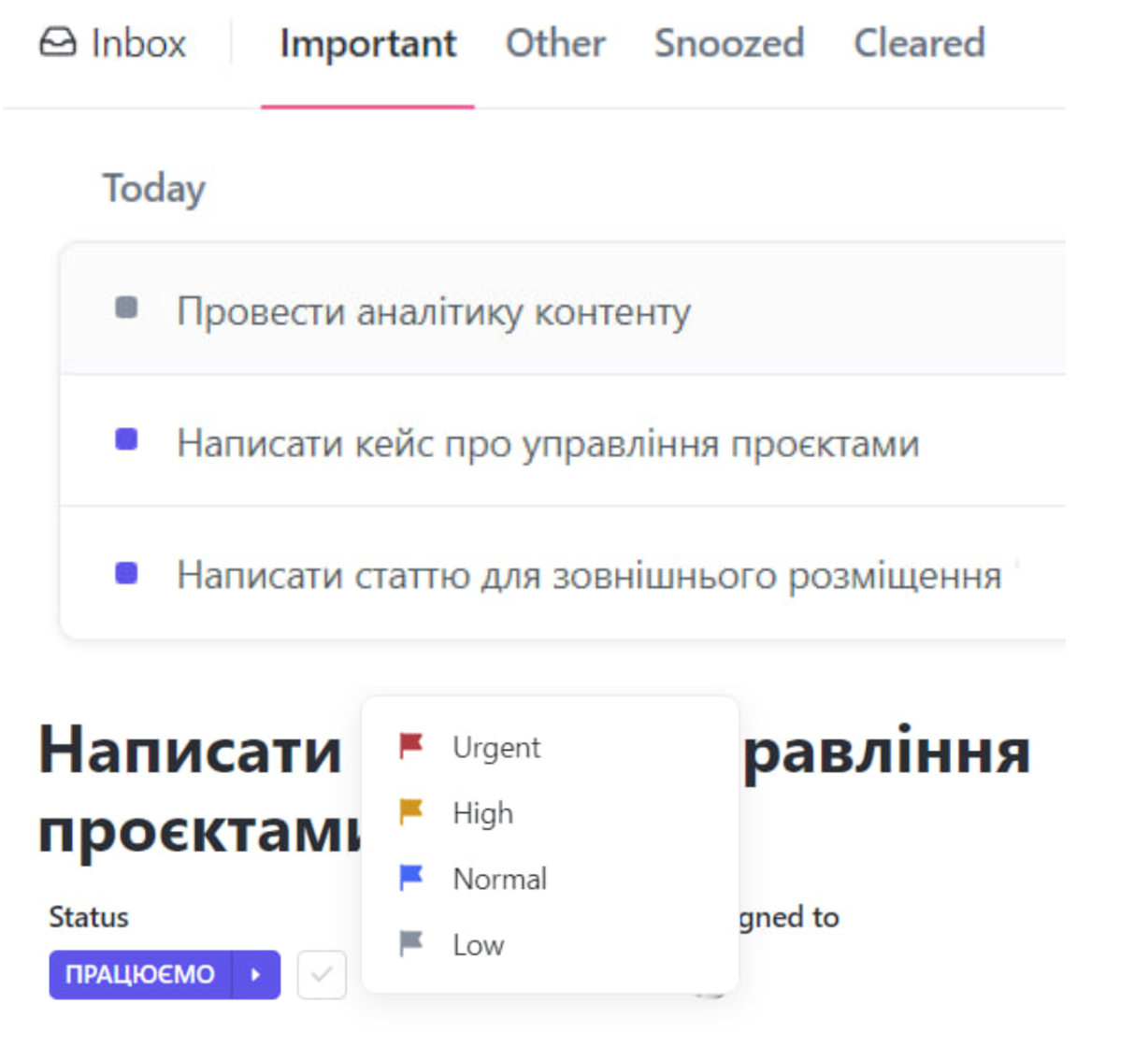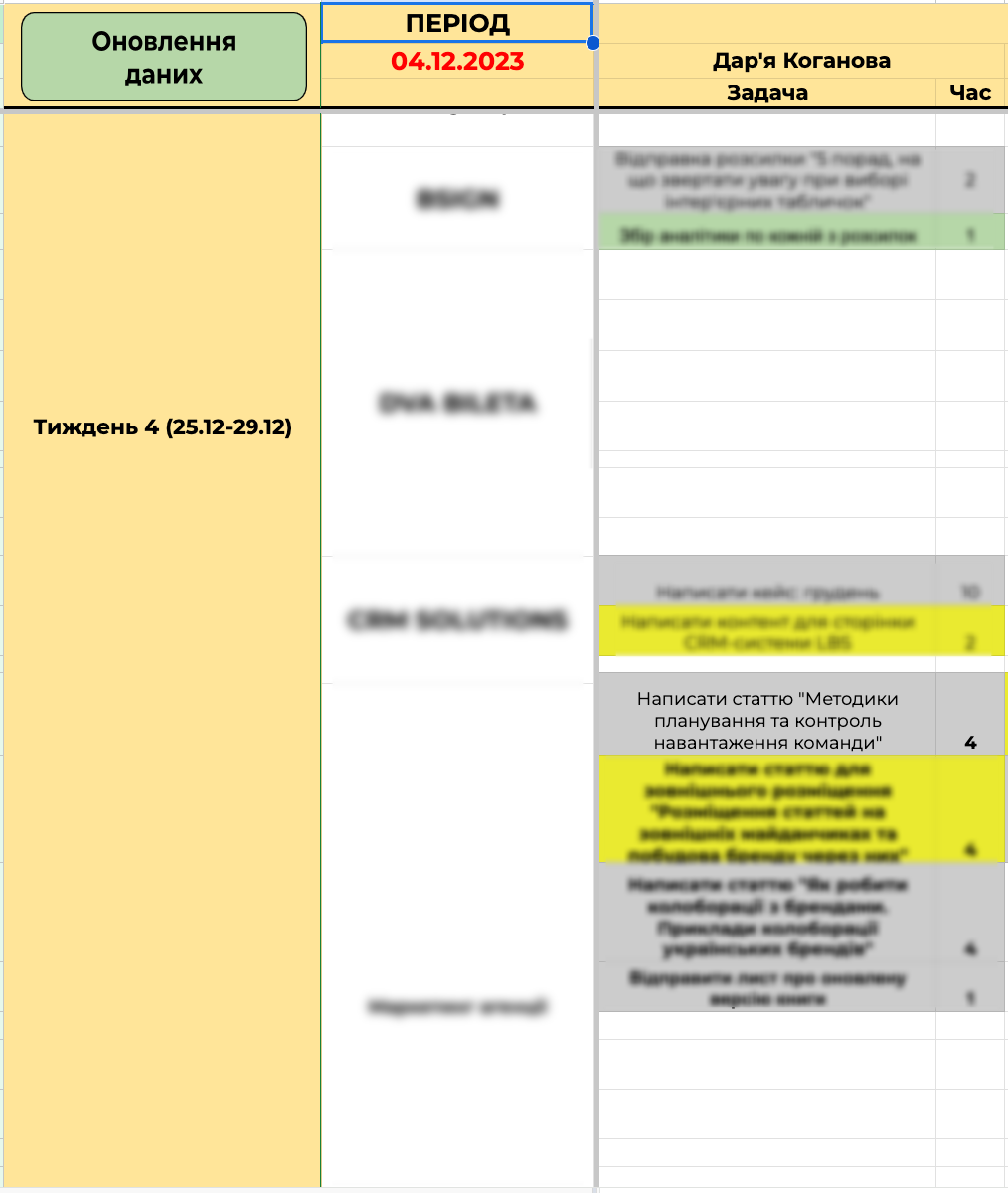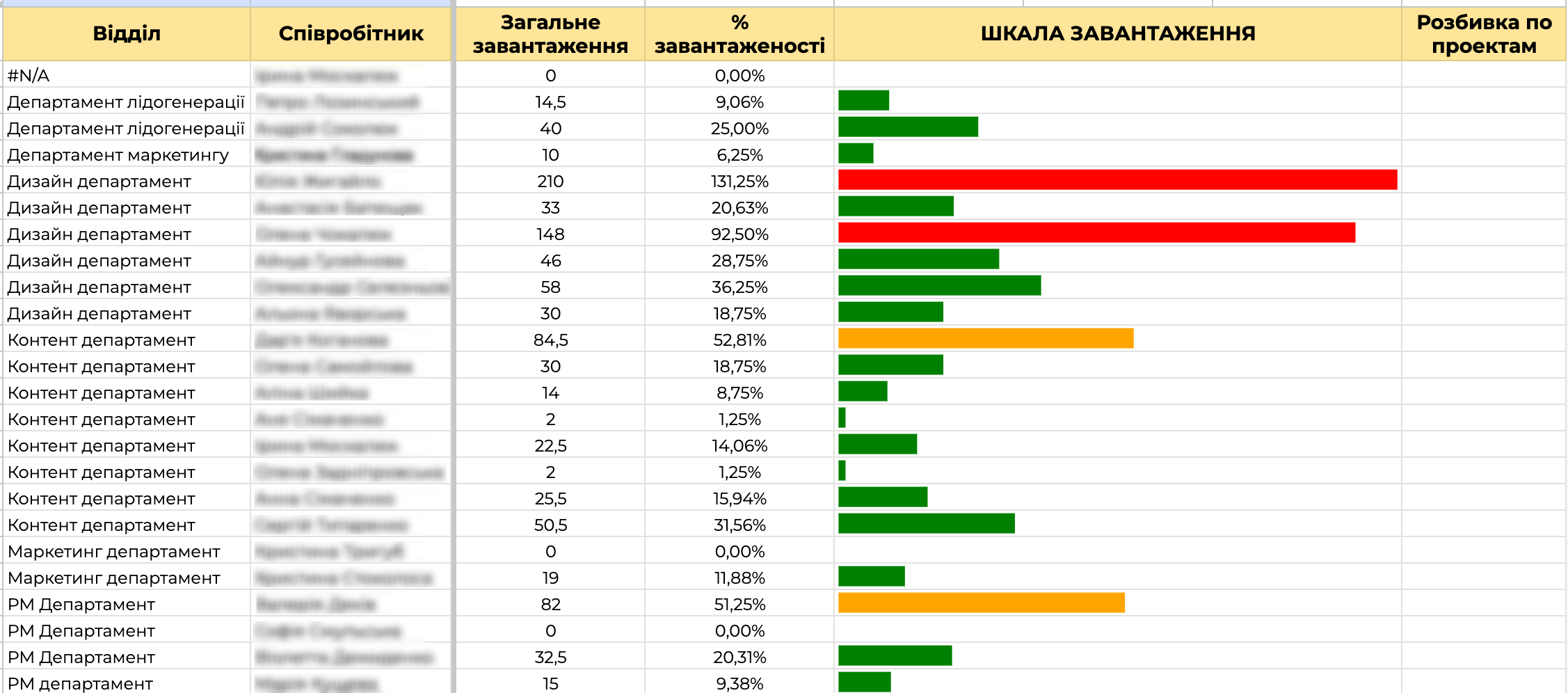To run a business efficiently, entrepreneurs often have to delegate some processes to outsourcing. This saves budgets and ensures higher quality of work.
However, it also creates a dilemma: how to choose contractors effectively so that the tasks are completed in a timely manner. Missed deadlines, uneven execution of plans, and misunderstandings about priorities are the result of inadequate planning on the part of contractors. This is especially true in marketing, where time is money.
At Solve Marketing, the organizational structure of workflows has gone a long way to transform to become truly effective and meet the high expectations of our clients. The agency’s team now works as a single mechanism. So our clients can fully trust the remote marketing department and be sure that projects will be completed on time. How we got to this point — shares Violetta Demydenko, Head of PM.
What was the difficulty?
Previously, Solve Marketing, like many others, used a task tracker and only created separate work plans for each project. In them, you could view the time and tasks of each specialist for a particular project. The deadlines for completing work tasks were calculated manually by department heads. But was it enough for all employees to work efficiently and quickly? Let’s find out.
A basic tool for keeping specialists disciplined in Solve Marketing
From the very beginning, the agency’s team kept the processes in Click Up under control. This is a task manager where you can do almost everything: from assigning individual tasks to completing work. Project managers created workspaces for departments and projects, controlled access levels and work progress, prioritized tasks and set deadlines. Equally important, it’s an ideal space for consistent communication between specialists involved in the execution or verification of tasks. In general, a task tracker is a service that allows us to collect all the work tasks of our team in a single space.
Here is what the current work plan of the case author looks like 🙂

When there were not too many specialists, this approach to organization was sufficient. But over time, the team became larger and the number of projects grew at the same time. This made it inconvenient to keep track of everyone’s workload.
This could not go on forever. As our Head of PM says: “Planning is a way of life”. Therefore, we had to change the approach to planning and teamwork.
After all the discussions, sprints and meetings appeared to synchronize work.
How did the load distribution processes go back then?
One monthly work plan was divided into 4 sprints — one sprint for each week. In the middle of the week, we reviewed the progress of all work tasks. If something didn’t go according to the plan, we found out why. When working with sprints, it was convenient to write a new sprint for the week on Thursday and present it to the team at the synchronization meeting on Friday.
It’s worth noting that synchronization marks in the work of the Solve Marketing team are an important element of team planning. They are necessary for all specialists to understand the purpose of upcoming tasks and see the results, to be able to independently assess the path to project success and the degree of achievement of the goals.
If the tasks from a sprint were not completed, they were transferred to the next sprint. In this way, they were prioritized along with other tasks of the current week.
If the task was urgent, it was solved in fire mode, which did not affect the project but increased tension in the team.
In addition, there was the problem of a large number of projects. And sprints did not solve the problem of uneven workload entirely. The same specialist could work on 3-5 projects at the same time. In addition, during one week, a specialist would be assigned only several tasks, and the next week there would be a huge number of them. This could not go on, and a solution had to be found before employees reached burnout.
How did you solve the problem?
The problem persisted as the number of projects grew steadily, and more and more specialists were added to the team. It became almost impossible to work only with sprints and a separate work plan for each project.
After thinking about how to structure all the plans into one system, it was decided to develop a custom system for accounting and controlling the workload of the agency’s specialists. For ease of perception, this system was made visually similar to a dashboard.


Functions performed by the system:
- automatically pulls in information from all project work plans;
- distributes tasks for a month from each project into sprints;
- calculates the workload of each specialist;
- calculates the ratio of each team member’s workload to their working hours.
And to be effective, PMs only need to fill out work plans correctly.
This dashboard is the result of a brainstorming session between the CMOs and department heads of our company and the hard work of a specialist who created this tool individually for Solve Marketing.
It’s worth noting that such custom development is one of the important steps before switching to an ERP system. After all, before choosing such applications for work, it is necessary to understand the needs and features of work processes.
Bonus. How to manage planning risks?
There is such a term as planning risks. Often, specialists who plan the execution of plans in a team do not take these risks into account. This behavior may result in the failure to complete tasks with a red flag (the most urgent).
This happens, for example, because there is a delay in the client’s review, landing pages take a long time to be approved, or the client’s technical department cannot provide a case study on time.
This can be avoided if you allocate additional time for contingencies when developing a sprint and work plan. For example, if the client wants to fix something on the landing page, the team will be able to do it quickly while the client has time to check it. After all, RMs have reserved a certain amount of time for such cases.
Taking into account all the risks, you can save time on re-planning and additional communication, and also save the team’s nerves.
Life hack from Violetta:
I plan to complete tasks per day for 2 hours less than a working day. At the same time, I always take into account the urgency of tasks and plan to complete strategic tasks that are not included in the list of project work.
If you prioritize everything for a week, you can finish all the planned tasks earlier. This is especially nice when you get rewarded for your efforts and discipline in the form of free time.
What we have now
- We assign and complete all tasks through the ClickUp task tracker.
- We are guided by the established standards of time spent on different types of tasks.
- We organize weekly meetings to synchronize projects.
- We plan sprints to track the progress of all work tasks by priority.
- We use a custom dashboard to control the weekly workload of specialists.
That is, the implemented organizational system automates the work of project managers and helps to evenly distribute tasks among specialists, effectively plan project work, and monitor their implementation by the team. Deadlines no longer burn like they used to, and the team works smoothly and efficiently.
Conclusion
Cooperation with external contractors is always aimed at improving the efficiency of work in the chosen area. But the reality of such cooperation does not always meet expectations.
At Solve Marketing, we pay great attention to the quality and timely execution of our clients’ projects. Our PM department plays an important role in establishing effective interaction between the client and the team. And the organizational processes in the company are always focused on creating an effective task management system so that we can fully meet the high expectations of our clients.
We have a personal PM assigned to each project. From planning to reporting, the project manager leads the project, carefully monitoring the distribution of workload and meeting deadlines.
If you need not only a strategy, but also a guarantee of timely implementation of your marketing, choose Solve Marketing professionals.
Glossary:
- Sprints are short stages during which a project team needs to complete a certain number of planned tasks.
- A dashboard is an information panel that displays the main indicators that the author of a tool wants to track or that its users need to track.
- Brainstorming is a popular method of coming up with creative ideas in the process of solving a scientific or technical problem, and its sessions stimulate creative thinking.
- An ERP system is a set of enterprise management programs that run on a single technology platform, rely on a single database, and synchronize with each other in real time.
- Planning risks are unpredictable events that can occur and affect a project.
- Red-flagged tasks are the most urgent and high-priority tasks.




